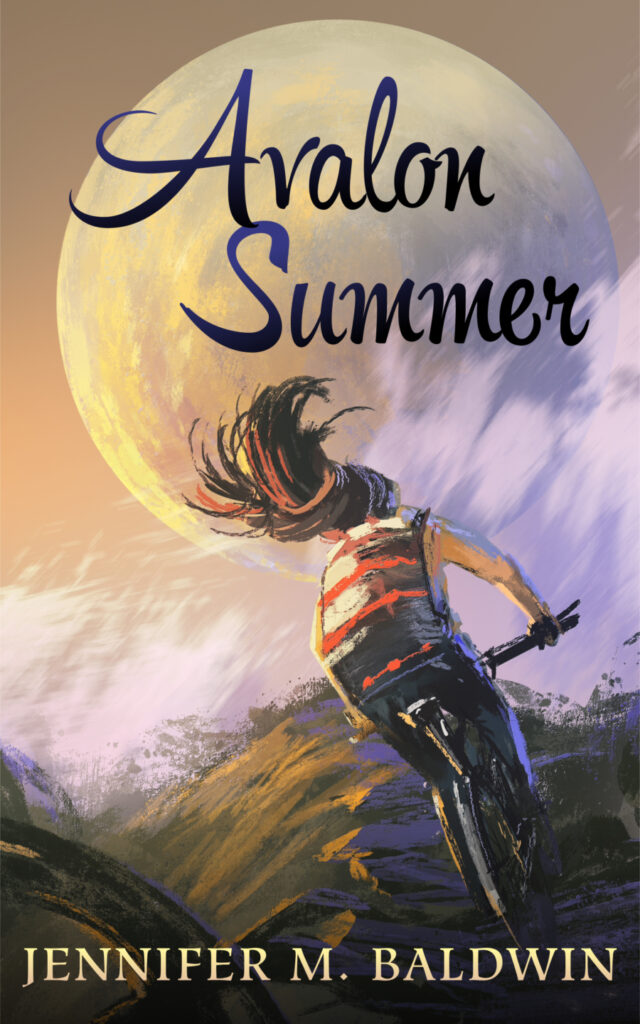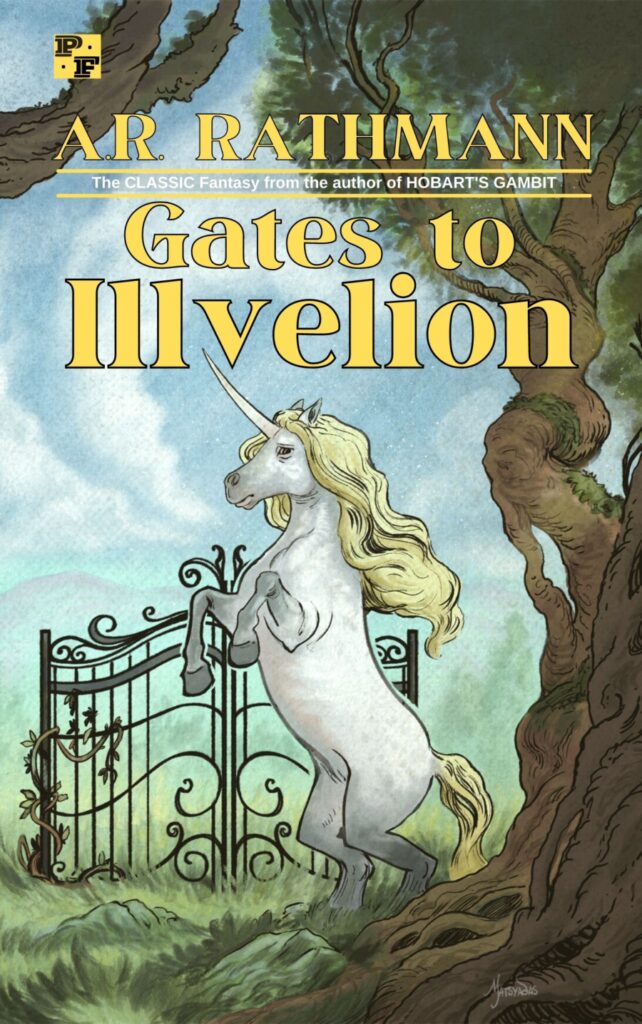I know I’ve mentioned on this blog my dream of working from home, but as I’ve been thinking about that dream more and more, I realize I need to refine it. It’s not that I want to work from home, it’s that I want to work from home as a writer. I want writing to be my work.
(Readers are now thinking, “Yeah sure, you and about ten million other people. Quit yer dreaming, lady!” And I would echo their sentiments. My working-class, Midwestern upbringing has instilled in me a kind of ultra-realism that considers it highly irresponsible and borderline insane to pursue a career in the arts. I have spent many years trying to shake these sentiments, but they return to me time and again. Like, it’s hard to lose the values of your childhood.)
Anyway, the reason why I want to write for a living is because I like it. It’s fun. That’s as simple as it gets, really. I mean, I could blather on about feeling “called” to write, or thinking I’ve got a bit of a knack for it, but those are secondary to the fact that I really enjoy writing and think it would be awesome to spend my days doing it (and getting paid to do so). To tell tales and string sentences together sounds like just about the best kind of work there is.
Now, I’m ultra-realistic enough to know that making a living as a writer is a HUGE long-shot. So I’m not banking on it. But since Covid (and perhaps even a bit before), I’ve been thinking about whether or not I should stick with teaching or start working from home as a freelancer of some sort. The idea being that if I worked from home, I would have more free time to get my writing done. For awhile — when schools went remote last March — I got a taste of what it would be like to work from home, and not gonna lie, I loved it. I started craving it, even when my school returned to in-person learning in the fall.
But the more I’ve been thinking about it, the more I realize what I loved about being home last spring wasn’t the working from home part, it was the fact that I had more time to do my writing. What I was craving wasn’t necessarily a remote job; what I was craving was time. Covid allowed me and many others to suddenly have more time on our hands. I filled that time with my writing (and reading and going on walks with my daughter and playing in the backyard). And ever since school started back up in the fall, I’ve been trying to recover that feeling of having time on my hands to do my writing. For awhile, I thought that this writing time could be recovered if I worked from home as a freelance editor or something. But I’m starting to see that a change in job isn’t the answer. The answer is a change in myself.
I recently read Atomic Habits by James Clear and have been implementing some of his strategies in my life. One such strategy was to write everyday. I “habit-stacked” and made sure that as soon as I put the kids to bed, I would go down to my desk and start writing. I started this habit toward the end of December and I’ve been consistently doing it since then. Which means that I’ve finished a short story, begun another one, written two chapters of my novella, and blogged nearly everyday in January and ten days in February.
Recently I started challenging myself to write 1,000 words per day. By my calculations, that could get me 306,000 words written by the end of this calendar year. In years past, I would have said 1,000 words EVERY DAY wasn’t doable because I just didn’t have enough time in my days. I work almost-full-time and have three children ages six and under. “No time!” I would say.
But the funny thing is, once I started organizing my day around small habits, I found that I stopped running out of time. The hectic, wasteful days that seemed to plague me were suddenly gone. I could pray everyday, write in my writer’s notebook everyday, read a book everyday, grade papers everyday, exercise everyday, and write fiction everyday. And I could do all this without skimping on my other responsibilities, like taking care of my kids, spending time with husband, and looking after the house.
So I started thinking: Do I really need to abandon teaching and start up a freelancer career in order to have more time to write? Or can I continue teaching AND have more time to write?
I don’t want to get all mushy and start slobbering all over the Atomic Habits book, but honestly, it’s helped me realize that I can do the things I want to do without having to rearrange my whole life or making sweeping and dramatic career changes.
And look, I would still love to work from home because I’m an introverted homebody who enjoys hanging out in sweatpants, but I want to work from home as a writer, and that might never happen (that old ultra-realistic Midwestern upbringing dies hard). And even if it does happen, it won’t be until I have several books written and published, and that won’t happen if I don’t write several books. So the “writing books” part has to be at the center of what I do and how I spend my time. Whether it’s Covidtide and I have time on my hands, or it’s now and I’m working outside the home. Either way, I need to write.
The insight I had recently is that I HAVE been writing: my new habit-filled days have allowed me the freedom to do just that. I want writing to be my work, but I don’t have to wait for some far-off future for it to be a reality. It’s a reality right now.


